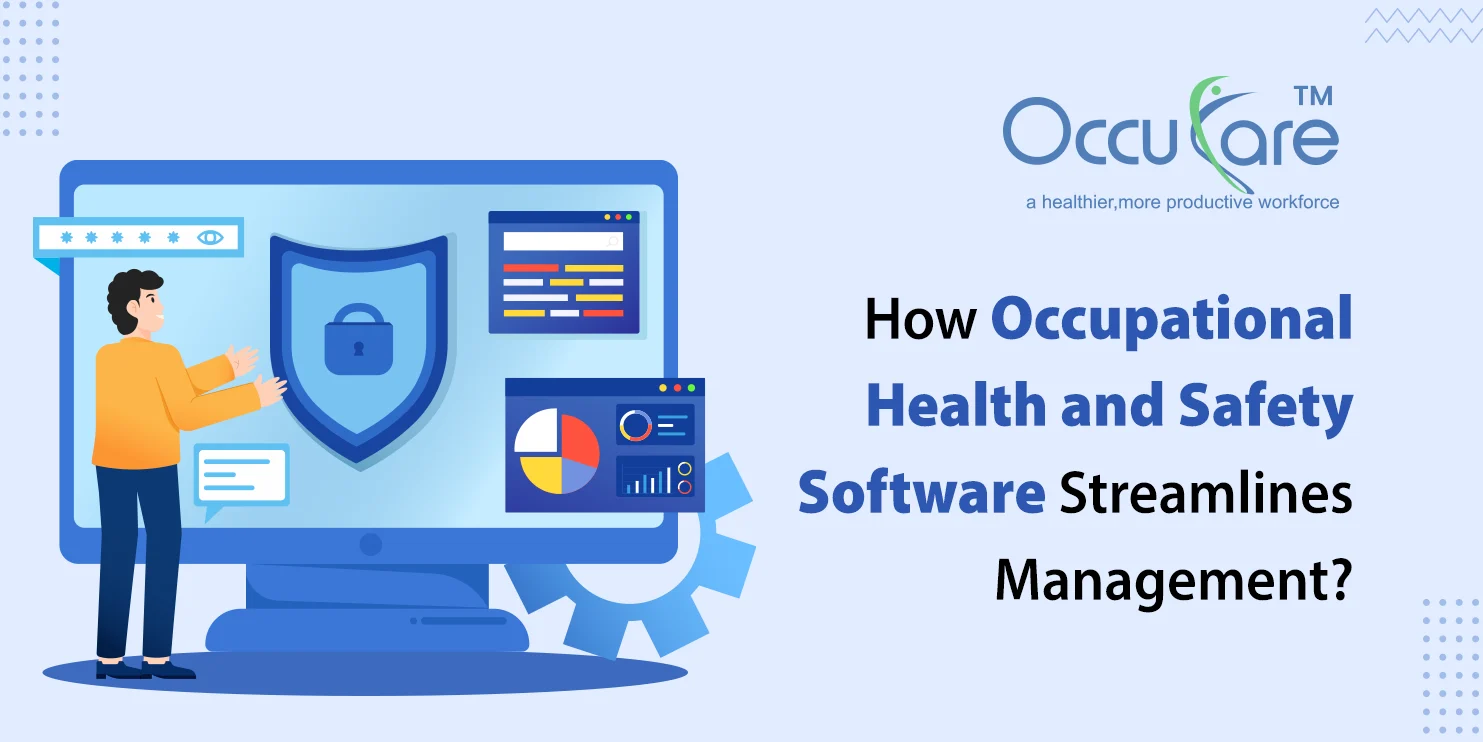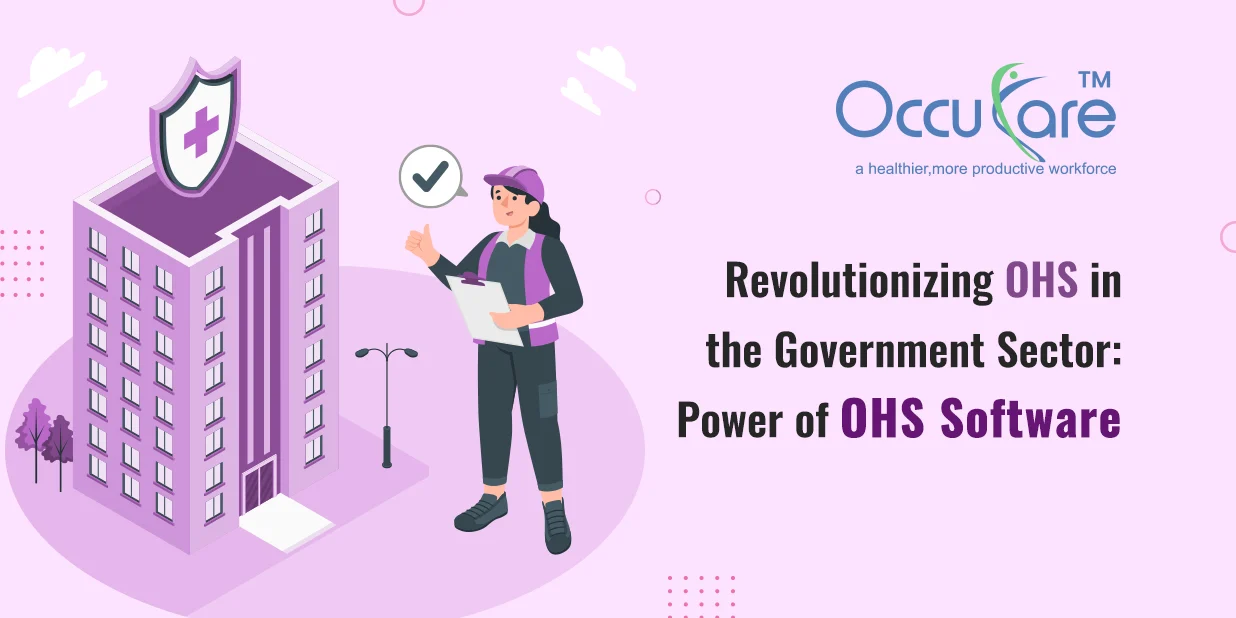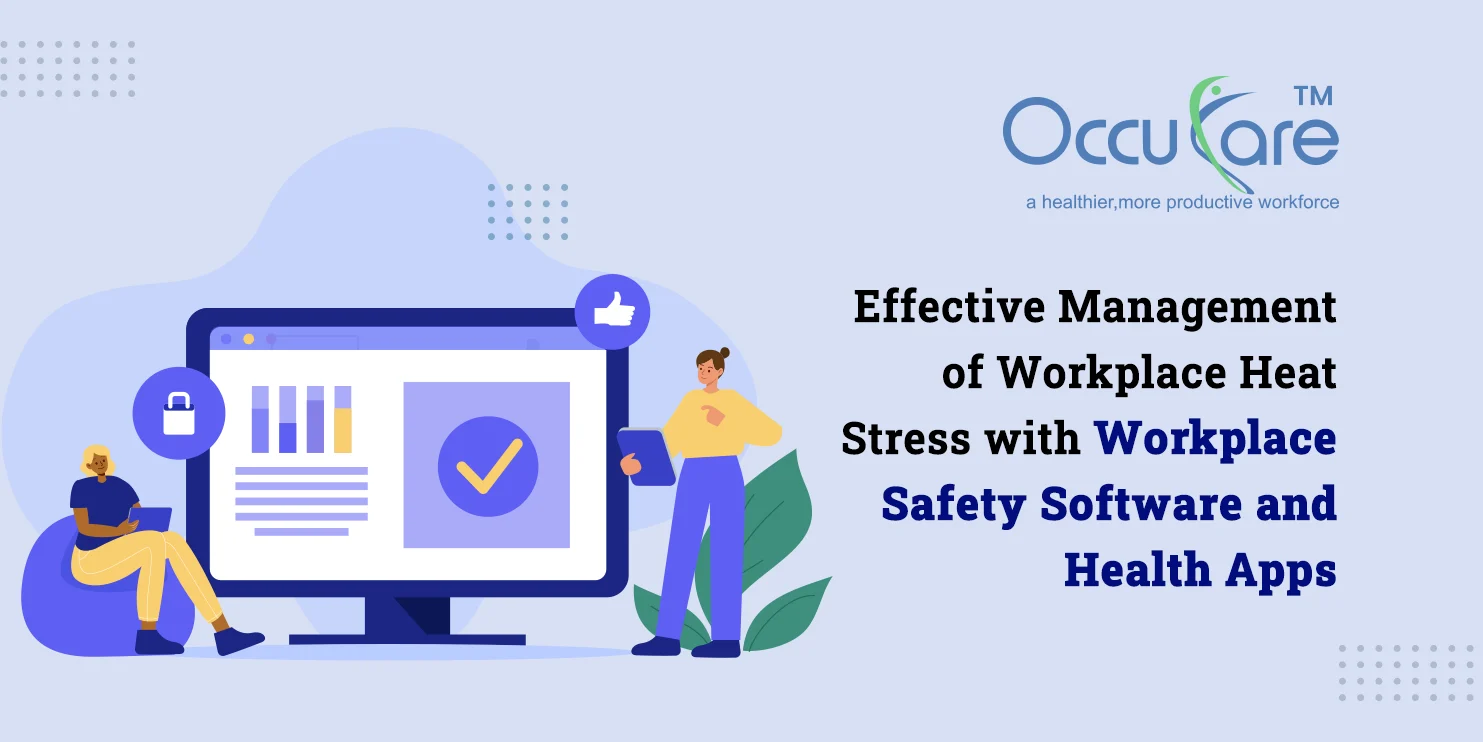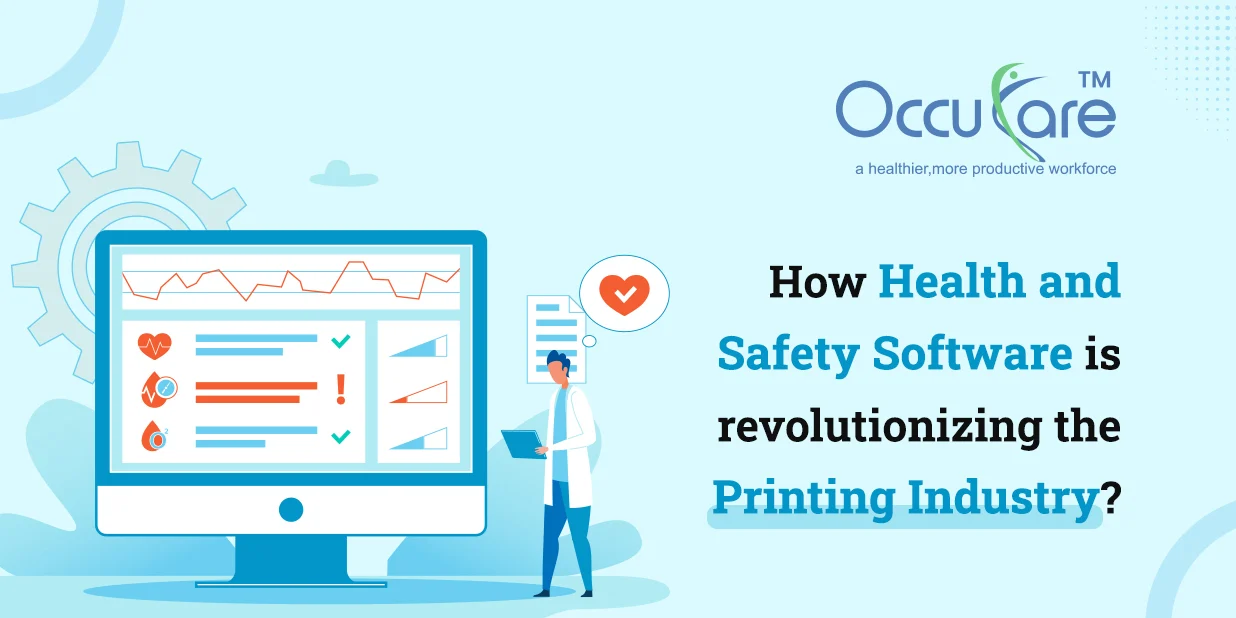In today’s workplace, protecting workers’ well-being, security, and health was required by law and plays a critical role in achieving the firm. The management of OHS (Occupational Health and Safety) using manual processes or antiquated computer systems has been replaced by advanced OHS software solutions due to technological improvements. These solutions aim to increase compliance, simplify handling safety issues, and encourage an aggressive security culture in businesses.
Comprehending Software for Occupational Safety and Health:
A variety of electronic instruments and platforms intended to make the oversight of safety policies at work easier are included in the category of health and security at work technology. Usually cloud-based, such software programs provide real-time reporting features, integrated statistics for well-informed choice-making, and centralized accessibility to safety data. Companies simplify and streamline.
The Development of OHS Software:-
Occupational Safety and Health software has evolved because of enterprises’ need to transition from independent security administration tools and systems made up of paper to integrated platforms with extensive functionality. Over time, technological developments have made it possible to incorporate mobile accessibility, predictive analytics, and user-friendly interfaces, turning Occupational Health and Safety software into effective instruments for proactive security oversight.
1. Data management that is centralized:
The capacity of the OHS system to gather and organize safety-related data is one of its main advantages. This covers documents related to training, safety audits, danger assessments, incident reports, and compliance paperwork. Ensuring that each stakeholder has access to current information through centralized management of data promotes transparency, cooperation, and informed decision-making.
2. Risk Assessment and Mitigation:
To avoid workplace mishaps and injuries, effective risk administration is crucial. Organizations may perform methodical risk assessments utilizing established frameworks and methods by utilizing OccuCare software. Companies can prioritize and put specific risk mitigation plans into action by identifying possible dangers and conducting a thorough risk assessment.
3. Incident Reporting and Investigation:
For safety management to be effective, incident reports must be accurate and submitted on time. Workflows that are automated guarantee that events are quickly reported to the right people for review and remediation. Organizations may evaluate trends, pinpoint the causes of incidents, and put preventative measures in place to lessen their impact by using the software’s comprehensive incident data gathering.
4. Compliance Monitoring and Audit Trails:
For businesses in all sectors, maintaining compliance with occupational safety and health laws is a constant issue. OccuCare Occupational Health and Safety software keeps track of timelines and legal demands to automate monitoring track of timelines and legal demands to automate monitoring for compliance. It makes proving compliance during inspection or audits easier by producing audit inistrative complexity, automated compliance administration helps to mitigate the risks related to failure to comply.
5. Employee Engagement and Training:
An organization’s ability to develop an effective safety culture depends on its skilled and engaged workforce. It keeps track of skill sets and course completion, guaranteeing that all employees have the abilities and know-how required to perform their jobs safely. Workers that are motivated are far more likely to follow safety protocols.
6. Performance Analytics and Continuous Improvement:
OHS programs insights based on data enable firms to conduct a thorough analysis of safety performance indicators. These analytics point out areas that need development, assess how well safety programs are working, and direct strategic decision-making for ongoing advancements in workplace safety regulations. Organizations can lower incident rates and encourage ongoing safety result improvement by implementing specific measures based on trends and patterns found in safety data.
Implementation and Integration:-
When implementing Occupational Health and Safety software, an appropriate platform must be chosen, organizational needs must be evaluated, and the software must be effortlessly integrated into present processes. Scalability and accessibility are provided by cloud-based solutions, enabling real-time updates & remote access—features that are becoming more and more important in today’s dispersed work contexts.
Benefits of Safety and Health at Work Software Improved Safety Mindset: By making safety procedures easily accessible and guaranteeing that events are dealt with right away, the OHS system helps to foster a culture of security.
A. Enhanced Compliance:
The likelihood of regulatory infractions and the corresponding penalty is decreased with automated surveillance of compliance.
B. Cost Savings:
Occupational Health and Safety (OHS) software helps firms reduce direct and indirect expenses associated with injuries occurring at work by preventing mishaps and managing downtime.
C. Based on data Decision Making:
Well-informed decision-making, which results in focused interventions. And ongoing security performance growth, is made possible by analytics supplied by OHS technology.
D. Worker Empowerment:
By taking part in training and following safety procedures, engaged employees help to create a safer work environment.
E. Flexibility and Scalability:
Cloud-based OHS software facilitates remote work settings and grows with organizations, guaranteeing the continuity of oversight of safety.
F. User Adoption:
The successful implementation of the program depends on making sure that staff members are properly trained and encouraged to utilize it.
G. Integration with Current Systems:
Visibility of data or efficiency in operation are improved by a smooth integration with other corporate systems.
H. Customization:
Adapting the program to particular organizational requirements guarantees that it complies with current safety procedures and workflows.
I. Data Security:
Ensuring that private health and safety information is shielded from intrusions and breaches is crucial to upholding compliance and public confidence.
J. Regulatory Updates:
To ensure continuous compliance, OHS system should be updated on a regular basis to reflect modifications to safety and health norms.
Conclusion:
OHS software raises the bar for safety management by utilizing digital tools to gather data. Enhance response to incidents, automate compliance, educate staff through training, and spur continuous improvement through analytics. Adopting Occupational Health and Safety software is about creating an environment where safety is valued, creativity is encouraged. And workers are empowered to make improvements that will make the workplace healthier and more secure, not just about complying with regulations.
OHS technology is essential for organizations as they traverse the intricacies of today’s workplaces. It helps them achieve sustainable growth, achieve operational excellence, and make sure that every worker gets home safe each evening.








